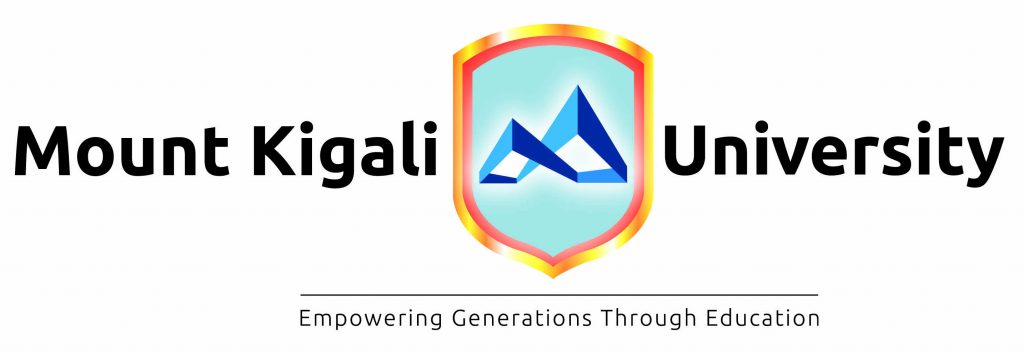In today’s age of social media and online videos, distinguishing fact from fiction has become increasingly difficult. A new classroom program is helping students navigate this digital landscape by teaching them how to spot real news, fake stories, and even deepfake videos — digitally altered clips that appear authentic.
The program, now running in several schools, equips students with practical tools to verify facts, assess sources, and think critically about the information they encounter online. “Students are exposed to so much information every day,” said Rachel Mwangi, a digital literacy teacher. “This lesson gives them the skills to separate real content from misleading or false material.”
Students participating in the lessons describe the experience as both fun and eye-opening. Many were shocked at how realistic deepfakes can be and how easily one can be deceived without careful checking. The lessons also promote discussions on responsible technology use and the value of honesty online.
Experts stress the growing importance of such programs as technology evolves. The spread of fake news and deepfakes can shape opinions, affect learning, and even influence future decisions if young people are not trained to think critically.
Several schools are now considering integrating similar digital literacy lessons into their curriculum. By doing so, educators hope to equip students with lifelong skills to navigate online spaces responsibly, stay informed, and make sound judgments in an increasingly digital world.




